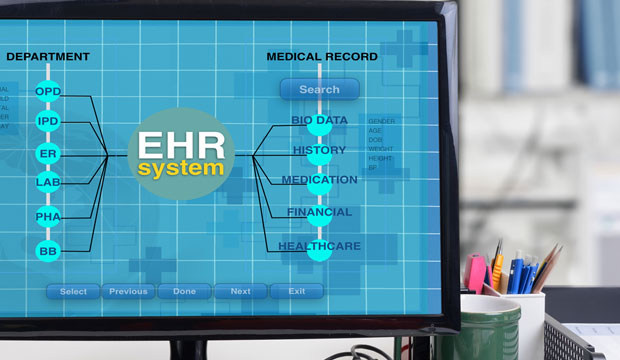
GOVERNMENT IT REPORT VA Gives Thumbs Up to Commercial IT Software
GOVERNMENT IT REPORT VA Gives Thumbs Up to Commercial IT Software https://csuiteold.c-suitenetwork.com/wp-content/uploads/2017/06/government-it-report-va-gives-thumbs-up-to-commercial-it-software.jpg 620 360 C-Suite Network https://csuiteold.c-suitenetwork.com/wp-content/uploads/2017/06/government-it-report-va-gives-thumbs-up-to-commercial-it-software.jpg
A U.S. Department of Veterans Affairs decision to pursue a new direction in processing health records has created a highly visible endorsement of the use of commercial off-the-shelf (COTS) information technology by federal agencies. President Trump cited the VA’s action as an example of the administration’s commitment to vastly improve federal IT management.
The VA earlier this month awarded a contract to Cerner to develop an electronic health record (EHR) system for the department. The Cerner program will replace the existing VA patient data system, known as “VistA,” which was developed in-house and has been in use for at least 30 years.
The sheer size of Veterans Affairs, which serves 8.7 million veterans through 1,700 facilities, makes the decision to use an outside contractor noteworthy, as federal agencies strive to meet recently introduced initiatives promoting the outsourcing of information technology.
For vendors, the policy turn indicates more potential in the federal market. VA did not immediately disclose the value of the Cerner contract, but it could amount to several billion dollars. The U.S. Department of Defense in 2015 awarded a similar medical records contract to a consortium of companies including Leidos, Cerner and Accenture, which was valued at US$4.3 billion. DoD noted that the eventual cost of the program could reach $9 billion.
Time for a Change
The VistA system, which VA personnel designed in their off hours decades ago, has been heralded as a pioneering effort in EHR management. The program became a template for both government and private healthcare providers.
However, VA Secretary David Shulkin recently decided that it would be more appropriate for the agency to concentrate on healthcare and leave data processing to commercial specialists.
The department’s system “is in need of major modernization to keep pace with the improvements in health information technology and cybersecurity,” Shulkin said.
“Software development is not a core competency of VA,” he added.
“I said recently to Congress that I was committed to getting VA out of the software business, that I didn’t see remaining in that business as benefiting veterans,” Shulkin said, “and because of that, we’re making a decision to move towards a commercial off-the-shelf product.”
In addition to the need for modernization, the shift to the Cerner offering was triggered by the VA and DoD’s shared goal to create a seamless health record that would follow service personnel from active duty through veteran status.
After spending hundreds of millions on the effort, the agencies abandoned the project, largely because of the inability to provide proper interoperability functions, according to Shulkin. DoD then engaged the consortium of Leidos, Cerner and Accenture to provide EHRs for the military.
The prudent course for VA would be a similar approach based on the same technology, Shulkin concluded. As a result, the Cerner contract was issued as a sole source, noncompetitive transaction that potentially will assure compatibility by way of Cerner’s Millenium offering as the core technology for both the DoD and VA.
Another benefit of the sole source award is that it will save time, given that the DoD competitive process took more than two years from the initial Request for Proposals to the final contract award, Shulkin noted.
The emphasis on commercial off-the-shelf…






